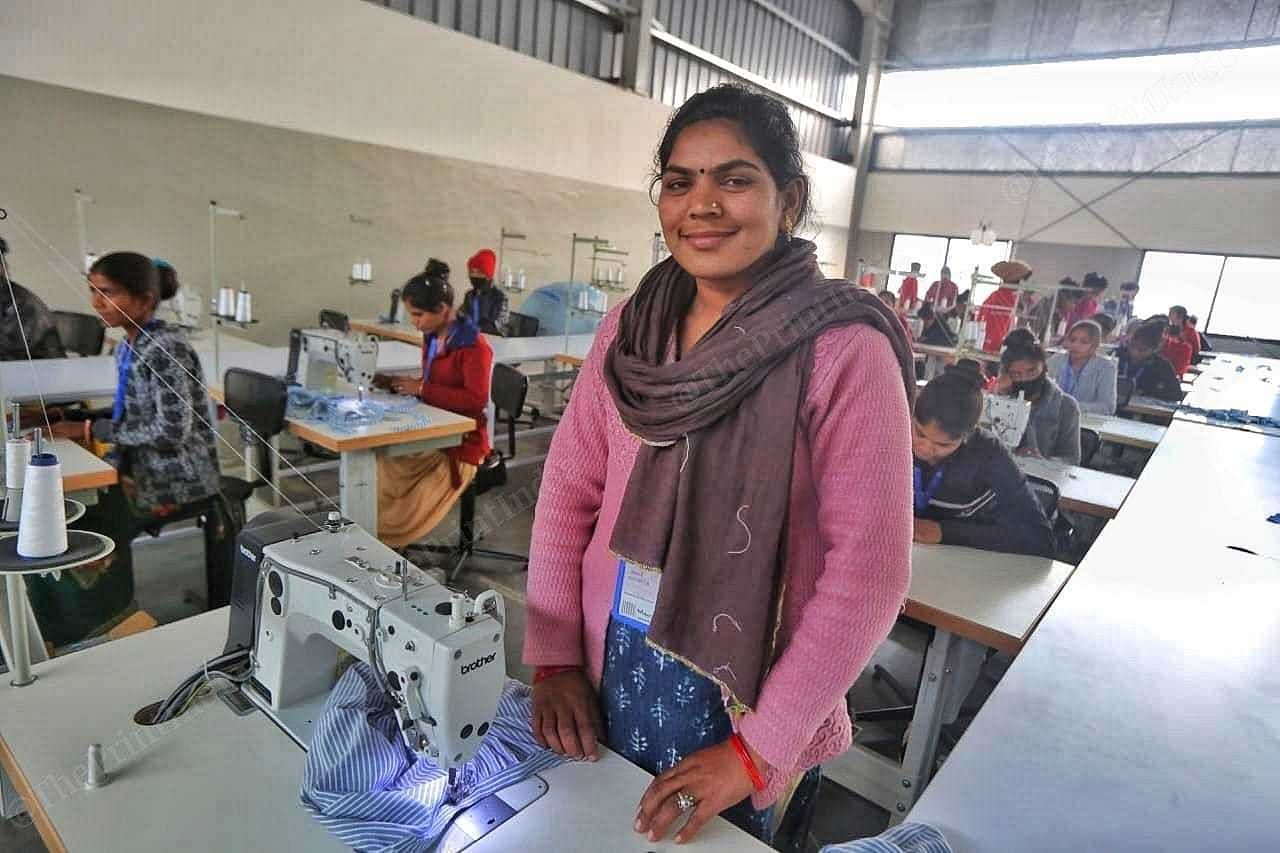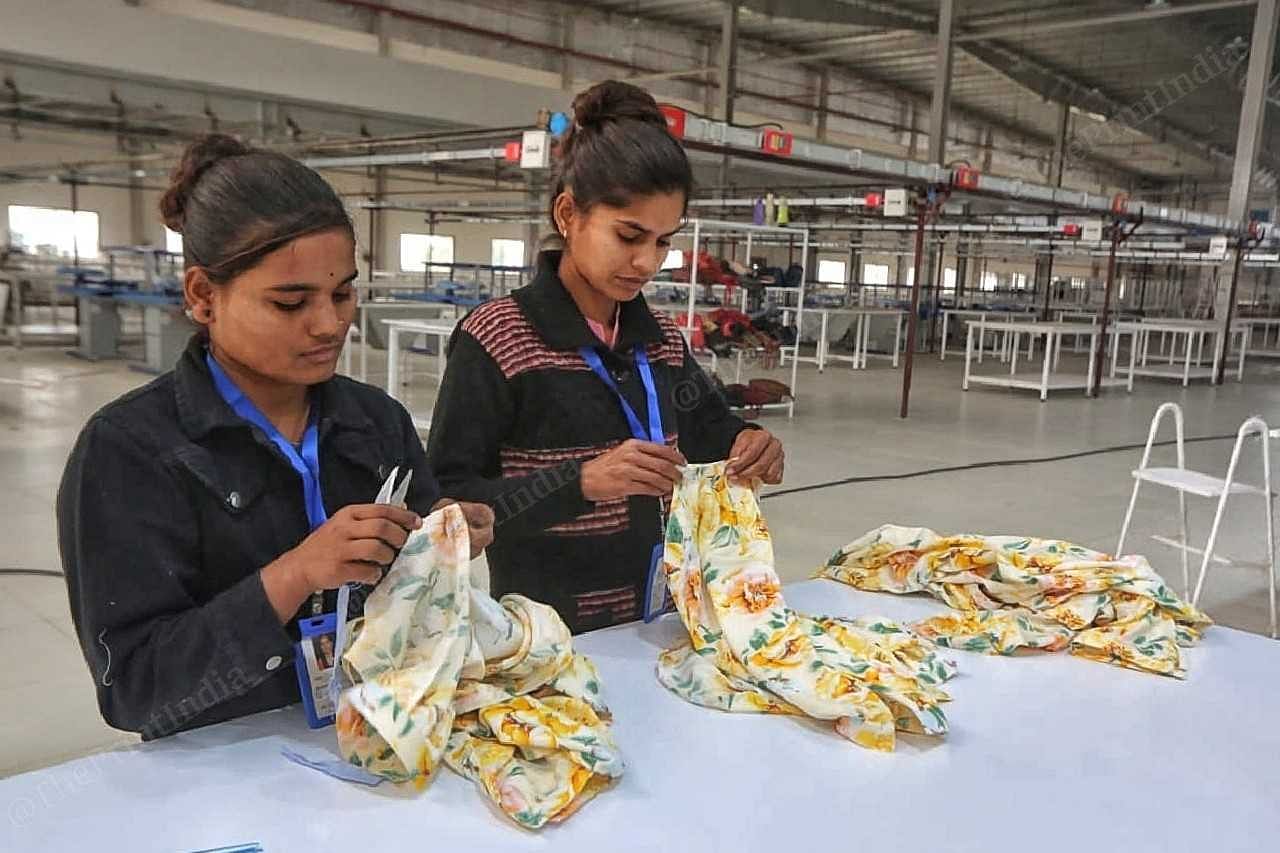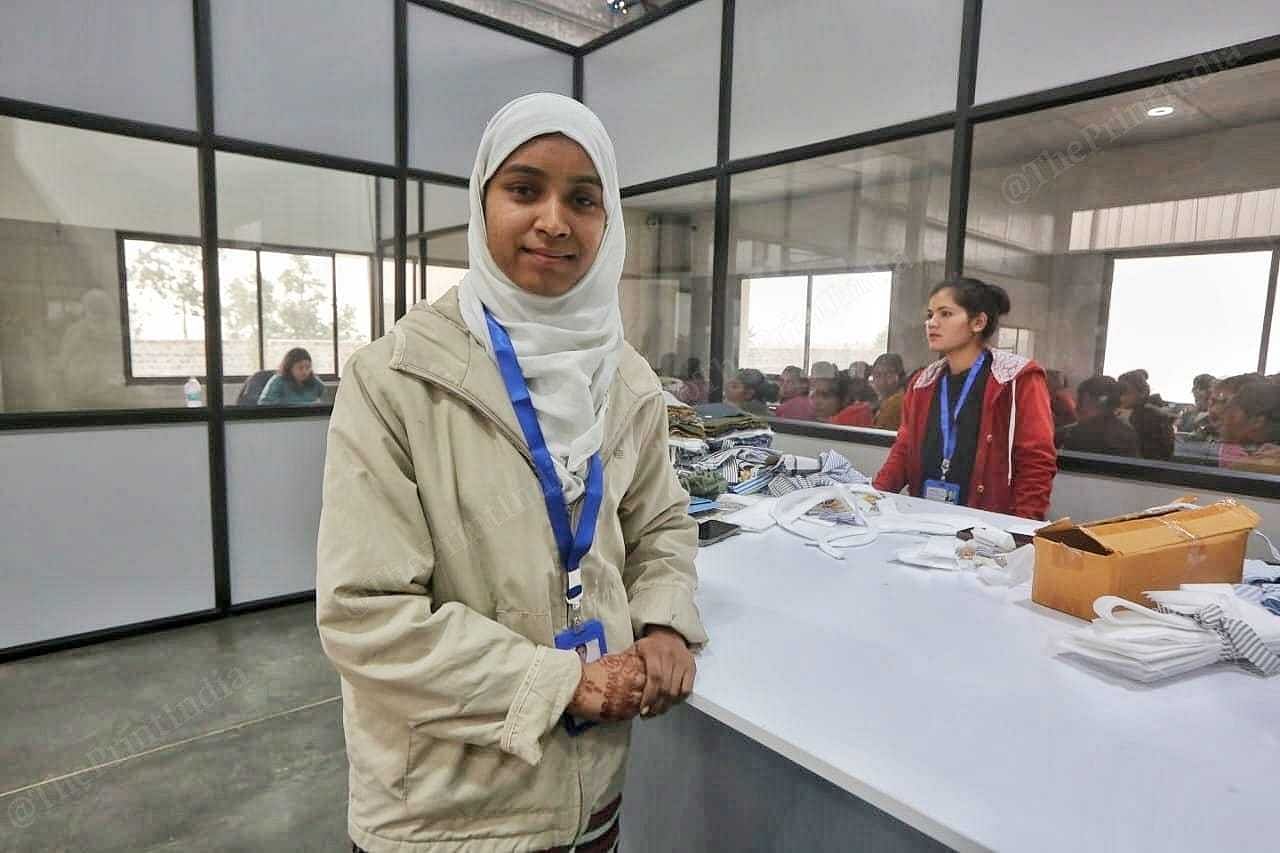Bhopal’s massive new garment factory–450 women employees, 5,000 jobs
In the huge manufacturing unit ground at Acharpura in Bhopal, greater than 450 ladies are studying to measure out and sew clothes destined for export to different international locations. Each one in all them has crossed the edge from their home to the office for the primary time. The whirring and clicking of the stitching machines drown out all different noise. However the ladies are targeted on the job at hand.
“I kissed my daughter’s brow and thanked god for giving me this chance. It feels that issues will now get higher in my life,” says 27-year-old Seema whereas flattening a strip of fabric and rolling the stitching machine into motion. She joined the workforce simply two months in the past, in December 2022, and remains to be a part of the manufacturing unit’s trainee programme.

In Madhya Pradesh’s industrial village of Acharpura, 1000’s of ladies from close by shanties and villages have found monetary freedom by working in the state’s nascent however rising garment manufacturing trade. Most have taken up jobs at a brand new manufacturing unit run by Bengaluru-based Gokaldas Exports Restricted, the place Seema works.
Additionally learn: ‘Not a typical tailoring job’—Muslim ladies in Malerkotla sew flags for Har Ghar Tiranga
When Gokaldas got here to Acharpura
Gokaldas is one in all India’s largest garment producers and exports to over 50 international locations. On the launch of its manufacturing unit in Acharpura in January, Chief Minister Shivraj Singh Chouhan promised that it might present 5,000 direct and 10,000 oblique jobs.
Seema, who hails from the close by Karadi village, earns a minimal wage of round Rs 12,000 a month. It’s greater than what she earned as a labourer at a development website—a job she was pressured to take up after her husband’s premature dying attributable to an sickness.
The manufacturing unit got here up in a document 15 months on a 10-acre property after the Madhya Pradesh State Industrial Improvement Company leased it to Gokaldas in 2021.
As soon as Seema and the opposite ladies full their three-month coaching programme, operations will start in full swing.
Additionally learn: 2020 lockdown shut 11% ladies MSMEs, only one% obtained again on toes with govt assist, finds examine
Studying, incomes, rising
At this manufacturing unit, ladies are taught sew, sew, iron and wash garments. There’s a gentle hum of exercise on the ground: Rolls of material are opened and straightened on lengthy tables as big washing machines rumble within the background. In one other nook, a gaggle of ladies run their fingers alongside hemlines, searching for free threads and defects within the garments.

A feminine supervisor guides the trainees when required.
The textile sector, which accounts for greater than two per cent of India’s GDP, can also be the second largest supplier of employment after agriculture—significantly for girls, who represent 60-80 per cent of its workforce as of 2021. The manufacturing unit ground in Acharpura displays this pattern, as 90 per cent of its workers are ladies.
“These ladies are from Acharpura and close by villages. They’re unskilled; most are utilizing a stitching machine for the primary time. Earlier than the corporate begins its operations, it’s instructing them work,” says ground supervisor Himanshi Sharma, who has been within the garment enterprise for 4 years and hails from Indore.
Additionally learn: What stories on Indian ladies’s falling participation in labour drive don’t inform you
A beacon of hope for girls
It is probably not 25-year-old Khushnuma Ali’s dream job, but it surely pays the payments and helps her contribute to family bills. Regardless of having a Grasp’s diploma in social work, she couldn’t discover a job. Lastly, in November, when she returned house upset after a number of rejections, a good friend informed her in regards to the garment manufacturing unit arising within the industrial space.

She confirmed up the very subsequent day and met the supervisor from Indore. “I informed [Sharma] that I used to be desperately searching for a job, and that I used to be prepared to provide clothes regardless of my totally different work expertise,” she recollects. Ali was employed rapidly, and she joined the manufacturing unit on 25 December. “I’m studying the artwork of stitching, and I really feel assured now,” she mentioned.
The garment manufacturing unit is proving to be a shot within the arm for the native financial system. Newly constructed dhabas, small lodges and tea stalls have come up on the highway main as much as the manufacturing unit. The temper is buoyant.
“Even the guards and pantry workers are native residents. Quickly, we’ll begin the second section of manufacturing [cutting fabric], which can create at the least 2,000 direct jobs,” mentioned the north area’s business head, Gopal Nandan.
On the manufacturing unit ground, 45-year-old Asha, sporting a Bengali saree and an enormous Bindi, is leagues forward of the opposite trainees. As a younger lady, stitching was her ardour, however household and kids took priority. Her love for stitching pale over time however returned as quickly as she heard in regards to the garment manufacturing unit.
“All I knew was stitching. And now, my ability might help me earn a livelihood. I will even contribute and reside life my very own method. Monetary independence is a crucial step towards equality for girls.”
(Edited by Zoya Bhatti)